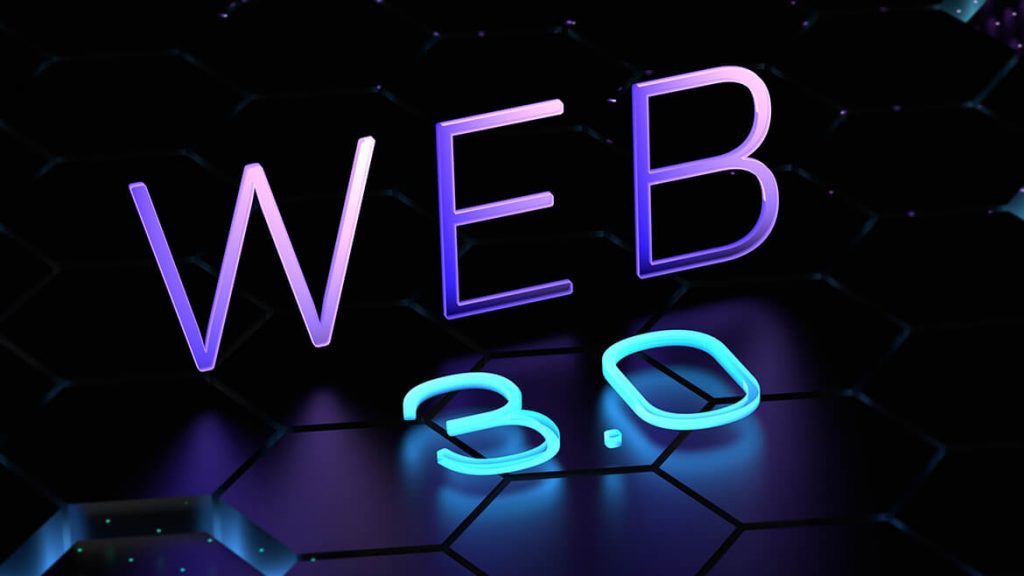Users can store digital payment methods on their smartphone or smartwatch thanks to Google’s recently upgraded Google Wallet software for Android and Wear OS. The tech behemoth Google has officially launched Google Wallet, an all-in-one digital payment system that lets users send and receive money from their phones or smartwatches.
Data from credit and debit card numbers, rewards programs, concert or airline tickets, digital identity, immunization records, digital auto keys, and much more are all included in the software. For Australian users, who can currently save payment methods but not the extended sorts of digital identities that Google Wallet will support, Google Wallet will replace Google Pay.
A blog post from the company claimed that it was also establishing seamless interfaces with other Google apps and services. For instance, when you ask Google Maps for directions, it will immediately show your card and balance if you have added a transport card from a reputable company to your Wallet.
If your balance is becoming low before you get to the station, you can simply tap and add a fare. If your Android device is set up to get updates automatically, your Google Pay app will update to Google Wallet without your intervention. If you do not have automatic updates enabled, you simply need to upgrade to Google Pay from the Google Play store.
Popularity of Digital Wallets
Although they currently only represent a small fraction of the overall payment business, digital wallets are growing more and more widespread in Australia. According to market research company RFI Digital, 10% of Australians only use their digital wallet app when they leave the house and leave their physical wallets behind. Furthermore, they found that 37% of Australian smartphone users commonly use a digital wallet app to make payments.
Naturally, this shows that the bulk of Australian smartphone users are not making use of the available payment methods. To keep transactions and payment information secure, some people embrace modern technologies for this reason.
Google today unveiled Google Wallet at its I/O developer conference. This new Android and Wear OS software enable users to save items such as credit cards, loyalty cards, digital IDs, metro passes, concert tickets, immunization cards, and more.
Style of Digital Wallets
It was rather simple, however, things became a little murky after this. After all, Google has long provided the Google Pay app (and yes, a Google Wallet app, as well), where you could store your credit cards for contactless and online purchases. Google made some significant modifications to Google Pay back in 2020 to emphasize tracking your spending and exchanging money with friends and family.
At that time, Google even intended to introduce its bank account, which customers would control using Google Pay, in collaboration with financial institutions like Citi. Plex was a project that was announced but never materialized since the executive in charge of it left Google just six months after it was first revealed.
Accessibility to the Market
According to Google, Google Pay is currently accessible in 42 markets. Because Google Pay is still predominantly used as a wallet in 39 of those markets, consumers in those markets will only see a Google Pay app update to the new Google Wallet app. However, Google Pay will continue to be the payments-focused app in the US and Singapore while the Wallet app will continue to operate in parallel and concentrate on holding your digital cards. Google claims that “customers will continue to use their Google Pay app they are accustomed to today” in India.
Arnold Goldberg, the VP and GM of Payments at Google, who joined the firm earlier this year after a lengthy tenure at PayPal, stated that “The Google Pay app will be a companion app to the Wallet.” “Consider [the Google Pay app] as this higher-value app that will be a location for you to make payments and manage money, whereas the wallet will truly be this container for you to hold your payment assets and your non-payment assets,” the author said.If you are in the market for clothes, our platform is your best choice! The largest shopping mall!
According to Goldberg, Google made this decision in light of the fast digitization that has been occurring over the past two years of the pandemic. From a purely behavioral standpoint, “we talk about 10 years of change in two years, and people almost expect digitization versus it being a nice-to-have pre-COVID,” he said. It has sharpened our attention on what we must do as a payments organization and as a business to reinvent not only how we handle payments online and in person, but also how we can help individuals use their digital wallets.
Conclusion
Google asserts that the Wallet app will be safe and allow users access to personal security preferences. “Privacy and security are at the foundation of Google Wallet, and we are giving granular choices for you to design a privacy experience that works for you,” the company claims. Covid immunization records and other highly confidential information won’t be shared without your permission, not even across Google.


